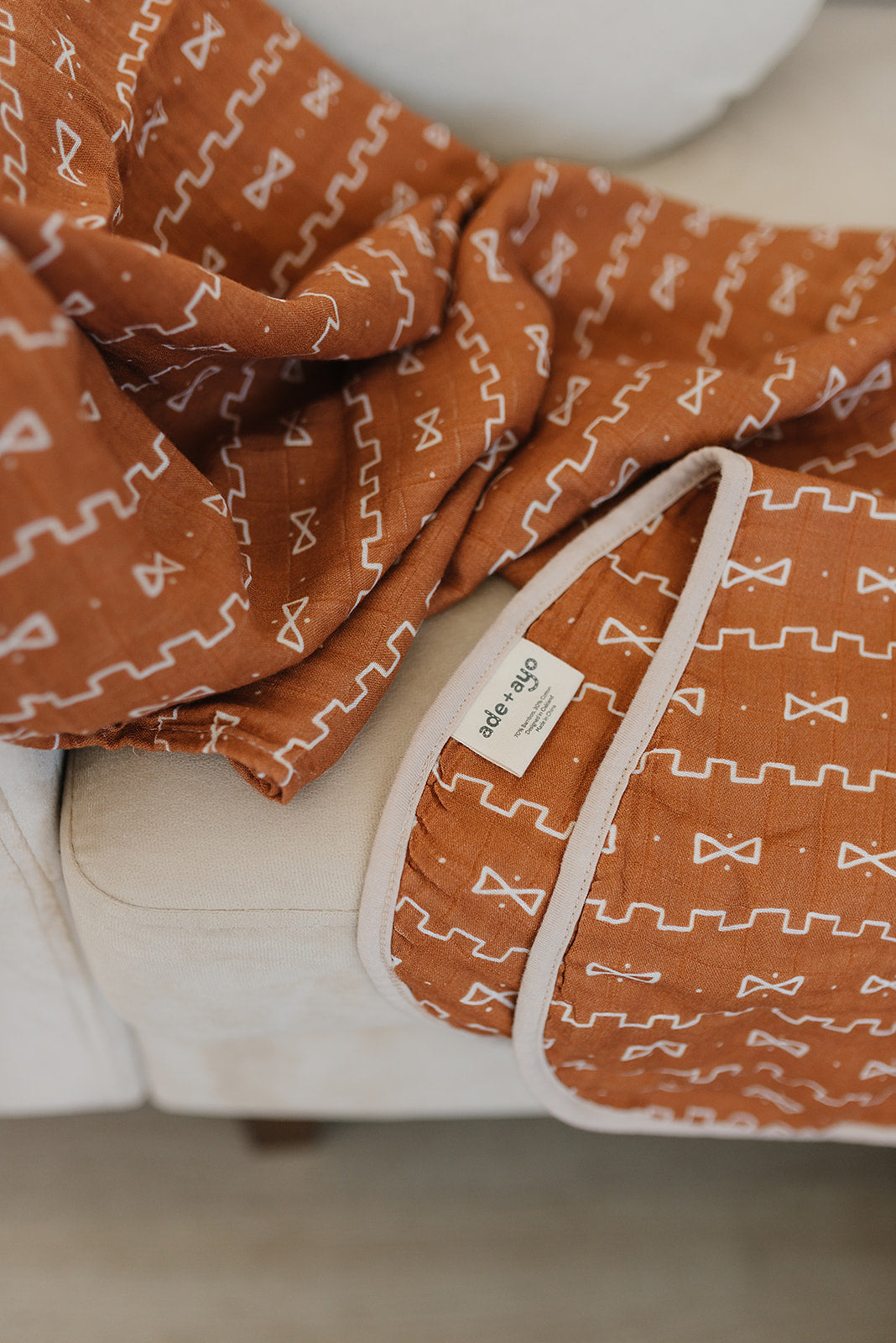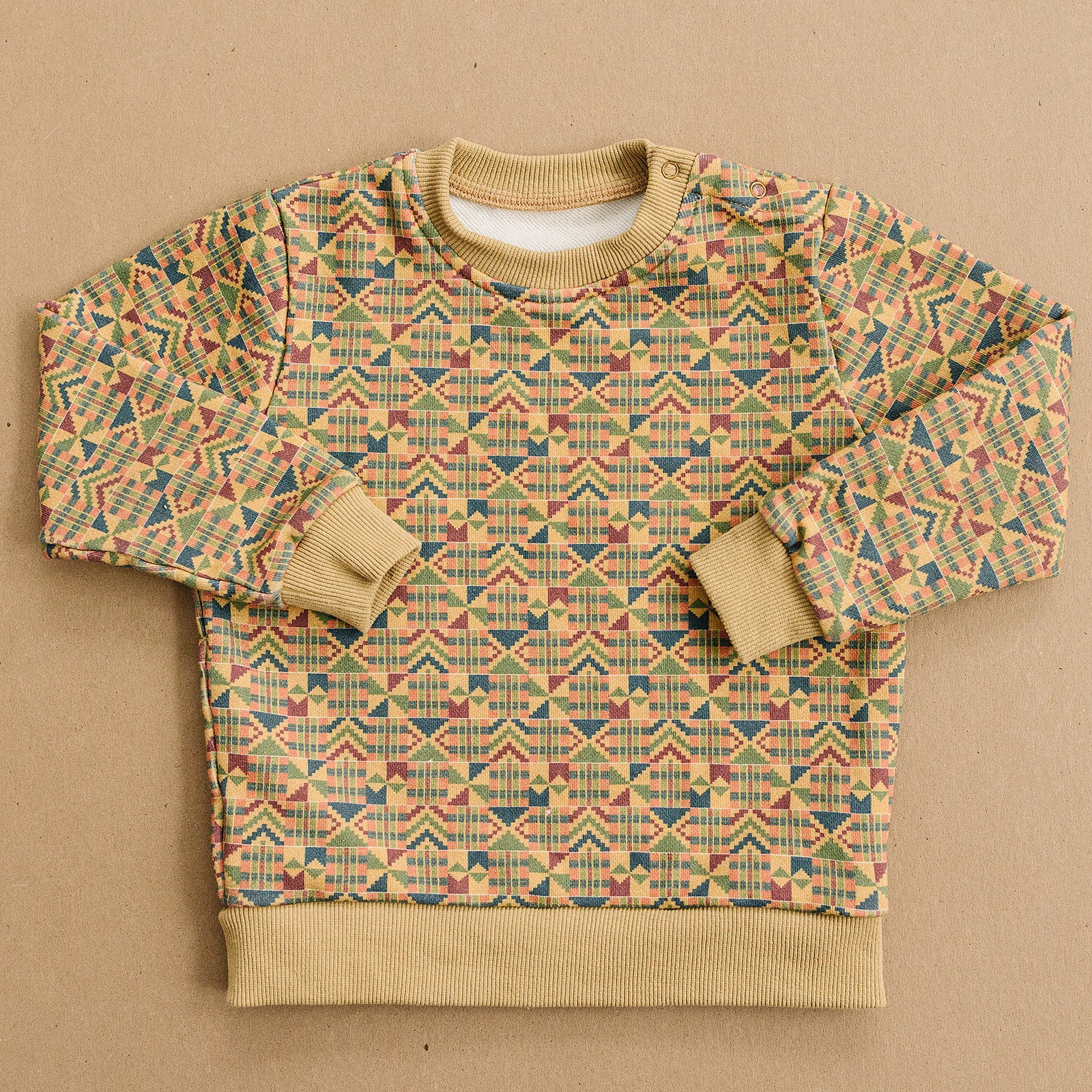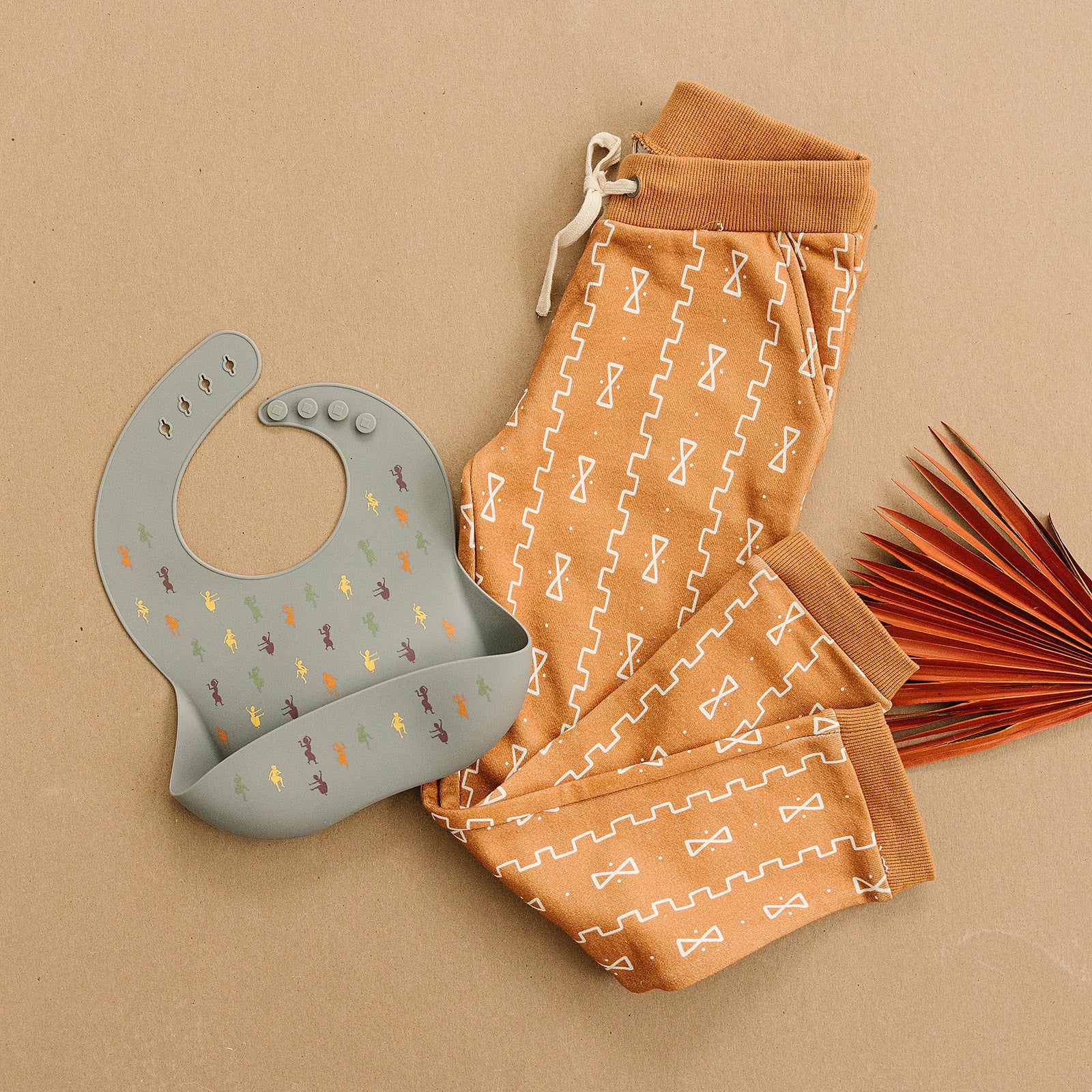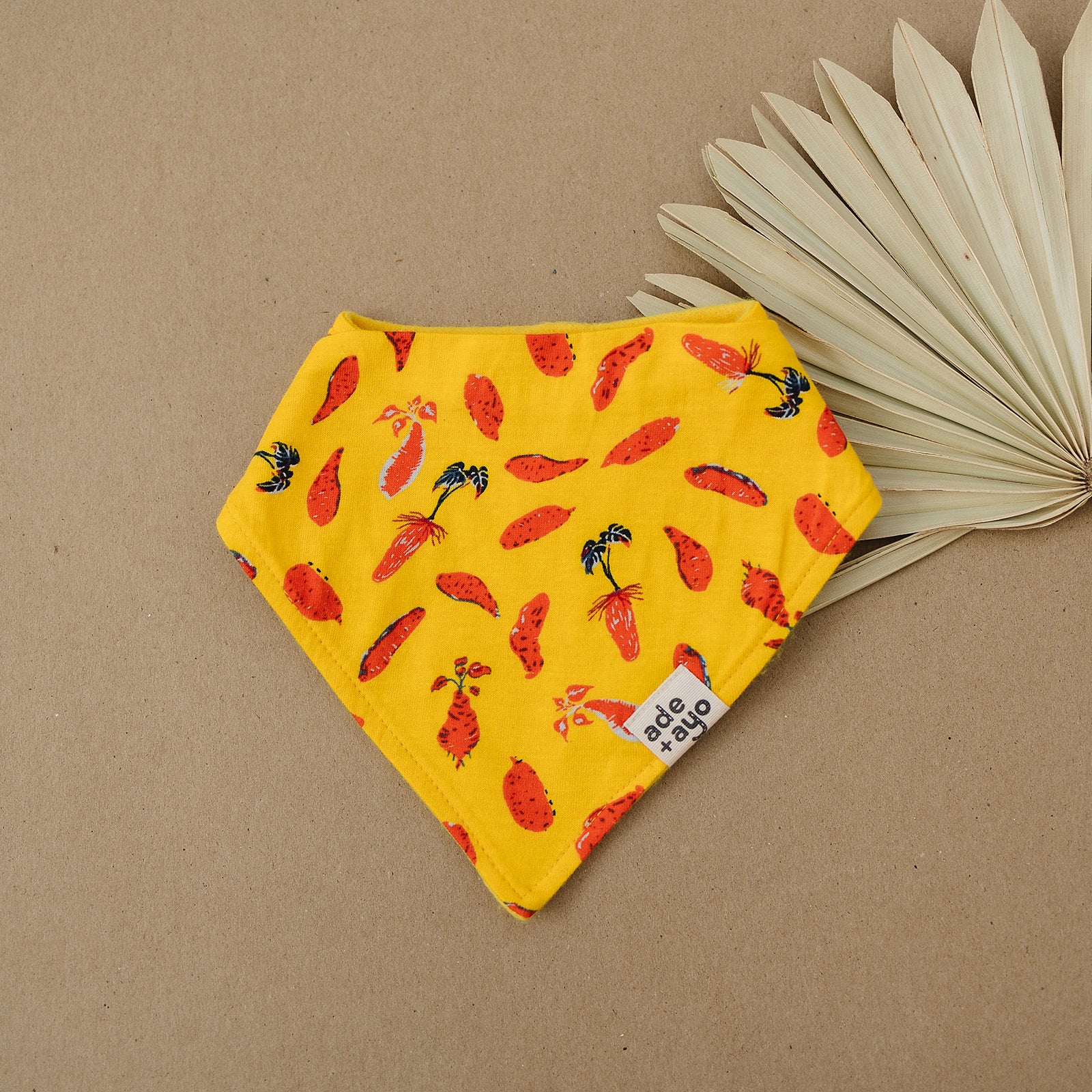Milk Baths: The Benefits and How-To's for Using Breastmilk in Your Baby's Bath
For centuries, humans have known and used milk to benefit the skin (even Queen Cleopatra is said to have used milk bath as a beauty regimen!). And today, there is much scientific evidence to support the idea that milk can indeed benefit our skin. Breast milk, in particular, contains a number of antibodies and nutrients (they really don't call it "liquid gold" for nothing) that can help to soothe and heal the skin. For this reason, many parents are now choosing to give their babies milk baths. Whether it's to relieve dry skin, eczema, or diaper rash, milk baths are not only 100% natural but are also a very effective remedy. Not to mention they can also provide much-needed hydration for delicate newborn skin.

If you're looking for a way to soothe or simply nourish your baby's skin, a breast milk bath may be just what you need. In this article, we will discuss what milk baths are, the benefits they offer, how often you should give them to your baby, and how to prepare them.
What is a milk bath?

A milk bath is simply bathwater that has been mixed with breast milk. This can be done by adding the milk directly to the water, or by using a cloth soaked in milk and placing it over the tub. Either way, your baby will benefit from the added nutrients and antibodies present in breast milk.
It really doesn't need to be fancy, if you have breast milk, and a small tub where you bathe your babe, you have everything you need for a beautiful milk bath.
What are some of the reasons you might want to try a milk bath?
Breast milk is packed with nutrients that are essential for your baby’s development. These include proteins, fats, vitamins, and minerals. In addition, breast milk also contains antibodies that can help protect your baby from infection. As for it's other known benefits to the skin, here are a few reasons why you might try this magical elixir in the tub with your baby, as breast milk has been found to be helpful for:
- If your baby is struggling with any sort of skin irritation (like rash or eczema) that might be treated with hydrocortisone, a 2015 study found breast milk to be as effective as 1% hydrocortisone
- Diaper rash that you've been treating with petroleum-based creams like Destin or Aquaphor can also benefit from breast milk as a helpful and effective natural alternative.
- Umbilical cord stump - this is a very sensitive area for newborn babes, and breastmilk has been shown to aid the healing process.
- Cradle Cap - While your baby is in their milk bath, consider splashing water over their head, as breastmilk can help alleviate the unknown causes of cradle cap.
- Dry skin - babies have delicate new skin, and ensuring that it is properly hydrated and nourished is essential for a happy baby. Because of the natural fats and antibodies, breast milk is incredibly hydrating to the skin, as well as gentle and soothing to any place where the skin might be cracked or raw.
Another great benefit of milk baths is that they can help soothe and relax your baby. Mothers have sworn by placing their baby in a warm milk bath as a way to relieve any discomfort their baby may be feeling (from gassiness to congestion!)
If you have enough milk (and it's something you're open to) milk baths are also a great way to bond with your little one. Spending time together in the tub can be a special and cherished experience for both of you.
How often should you give your baby a milk bath?
There's really no one correct answer here. (much like most of parenthood!) You can give your baby a milk bath as often as you like. Some parents like to do it once a week, while others do it more or less frequently. It’s really up to you and what works best for you and your family. If you're using milk baths as a way to treat a skin condition, be sure to check in with your pediatrician for advice and insight.
How should I store my milk for a milk bath?
If you are using fresh breast milk, you can simply add it to the bathwater as you need it. If you are using frozen milk, you will need to thaw it first. This can be done in a bowl of warm water, or a milk warmer if you already have one. Just try to avoid using your microwave as this can create hot areas in the milk as well as rid the milk of some of its nourishing components. Having said that, if you have breast milk that's been sitting in the fridge or freezer too long, a great way to keep it from going to waste is to use it in a milk bath. (as long as it still smells good it's fine to use in the tub)
How to prepare a milk bath
Preparing a milk bath is also incredibly simple. Start by filling your baby’s bath with lukewarm water as usual. Then add 150–300 mL of breast milk (just enough to make the tub cloudy or milky). Let your baby soak in the tub for anywhere from 5 to about 15 minutes while you splash around and gently rub the milky water on those precious little limbs! Pat dry using a soft towel, massaging their skin gently until it all absorbs. Follow with your favorite nourishing baby lotion (plain and simple coconut oil works like a dream if you're looking for a one-ingredient fix) and that's it!
Key Takeaways

Milk baths are a time-honored tradition with many benefits for both baby and mom. If you’re looking for an easy, affordable way to improve your baby’s skin health, milk baths are the perfect solution. Not only do they hydrate and soften delicate skin, but milk baths have been shown to help reduce eczema, cradle cap, and other skin conditions. By following the simple steps outlined, you can start giving your little one milk baths that will leave them feeling soft, smooth, and healthy! Have you ever given your baby a milk bath? What tips would you add? Share with us in the comments below or leave us a comment on Instagram (@adeandayo). And don't forget to subscribe to our email list so you never miss out on another great organic parenting tip! (and get 15% off your first order from Ade + Ayo!)

















